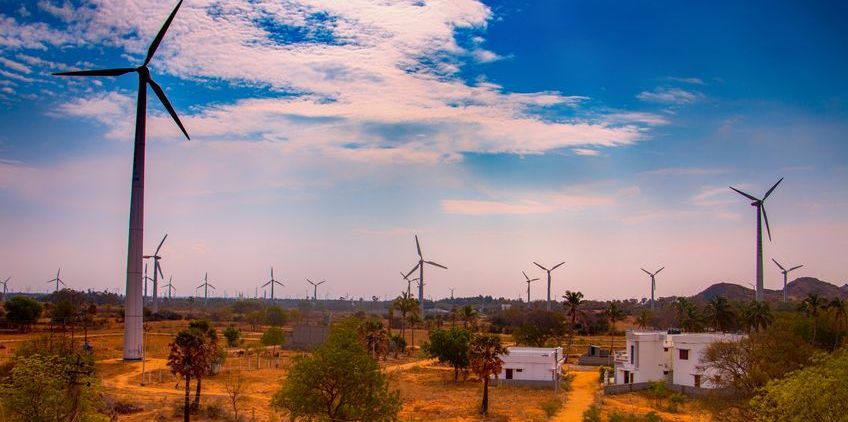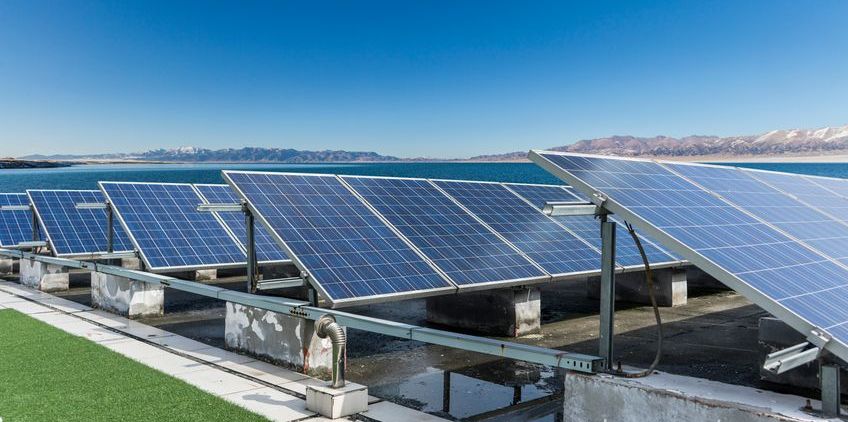The challenge before India is huge and the energy needs more so!
How can India meet its energy requirements without disturbing the ecology?
Also how can one be mindful of the very much emerging prospect of environmental crisis and climatic change?

Today, India has a double-edged sword looming on its head- on one side we are struggling to become more developed and solve problems of inequality, poverty, on the other side troubling statistics of environmental destruction surface time and again.
Not far from each other, these issues overlap and cause a vicious, perpetual cycle best reflected in the chronic energy poverty India suffers from.
Statistics confirm that there are 700 million people in India who are suffering from erratic or poor energy supply out of which 300 million people have absolutely no access to electricity. The same people are also forced to use traditional energy resources that cause indoor pollution and health care hazards.
Being the third largest producer of Coal, the main energy source for our needs comes at a huge environmental expense for Indian.
The challenge therefore is to find a renewable energy source that does not tamper with the ecology.
Since India is also working in effect to reduce greenhouse gas emissions on a global scale, it cannot set the wrong example of being a fuel-dominant nation.
Apart from these, India’s major dependence on imported fossil fuels, increased costs of traditional energy sources like coal and the climatic emergency looming over India are reasons enough to move towards a renewable energy future.
How can we do so?

Currently the electricity access in India has been dominated by centralised generation and grid-based distribution, but these aren’t well-matched with the idea of a sustainable future.
Instead, moving towards a decentralized electricity model can successfully get us closer to developing environmentally friendly fuel.
As an example, Germany has long been the leader in renewable energy with almost 1.5 million households having more than 30,000 MW worth solar panels on their rooftops. Feeding its energy needs domestically and in a decentralized fashion (sunlight falls everywhere).
Presently, India’s electricity grid can manage the variability and uncertainty of India’s 2022 renewable energy target of 175 GW of installed capacity, including 100 GW of solar and 60 GW of wind, up from 9 GW of solar and 29 GW of wind installed in early 2017.
This only makes for India’s 22% of energy needs, and the long term target of 450 GW can only be attained by significantly upgrading the grid. Adequate government support and subsidies in addition to private-government collaborations for the implementation of renewable sources is the need of the hour.
Although these goals are expected to be met in 2022, adequate investment and the government’s ability to fulfill its promises may factor in sustainable energy development.
The larger vision is to establish energy independence which will further determine how much India as a country can live in harmony with the environment.
Team Pradip Burman
